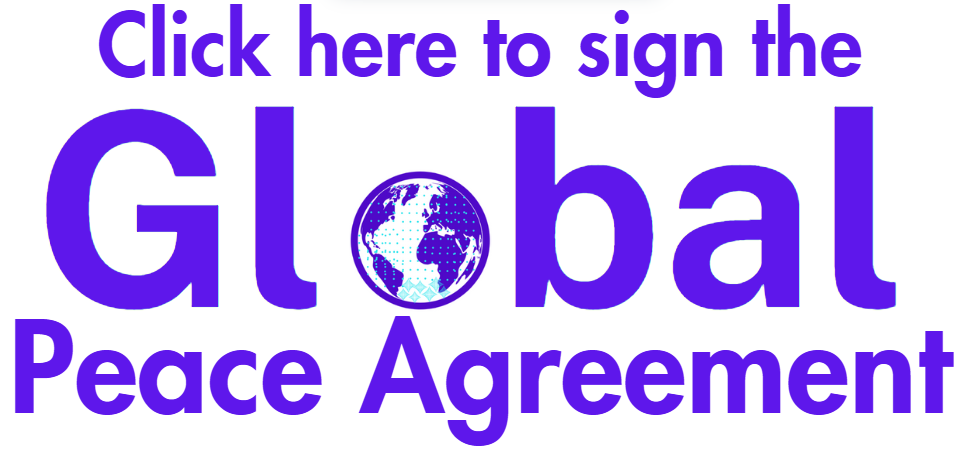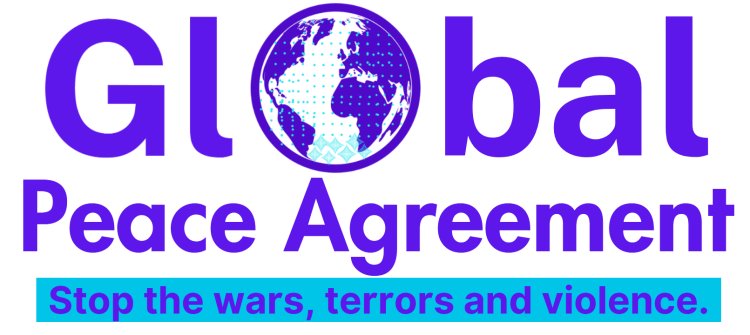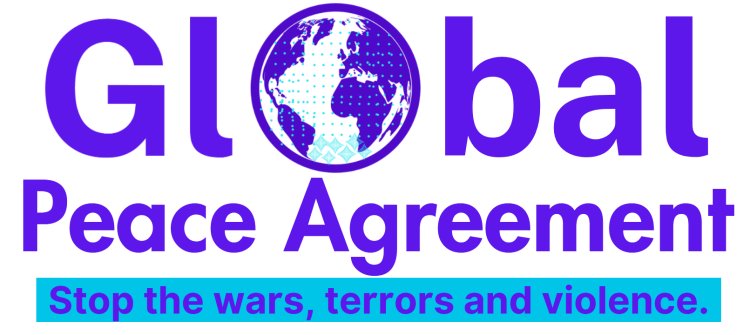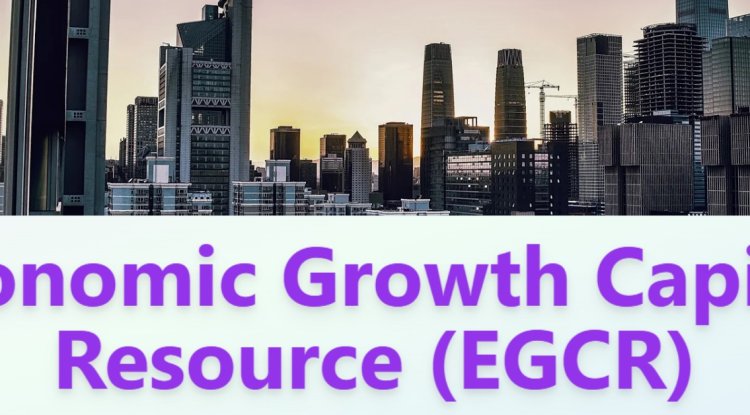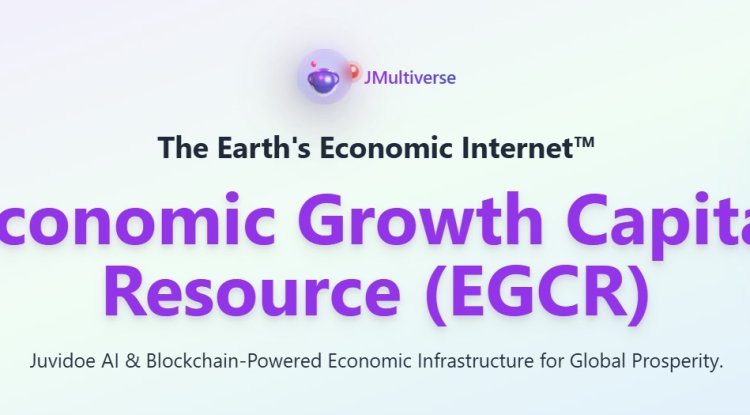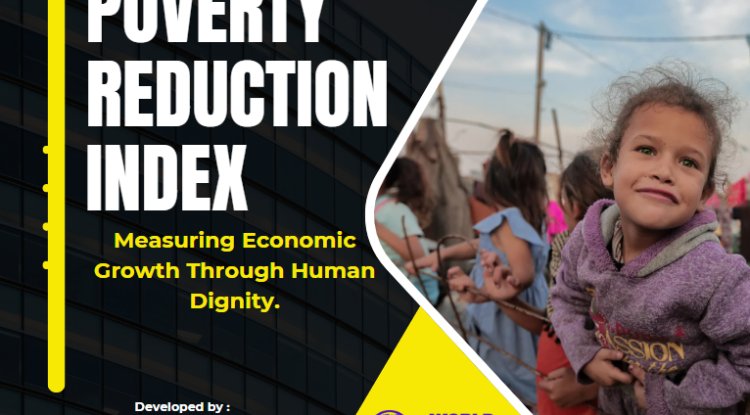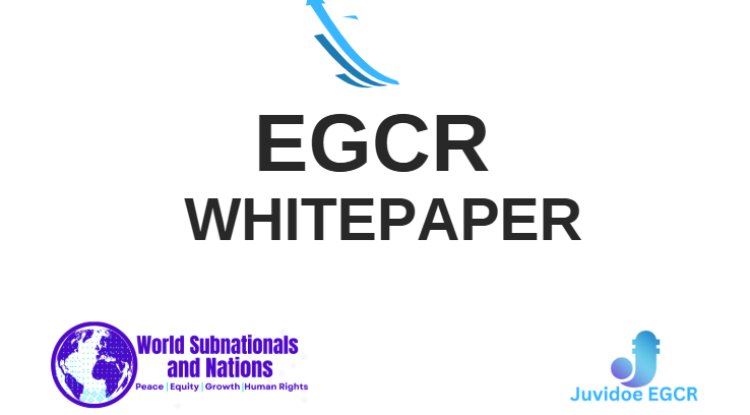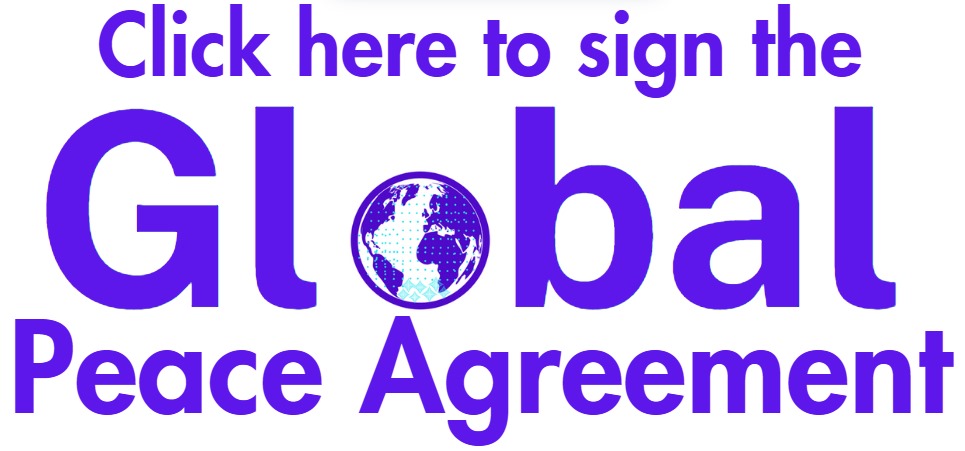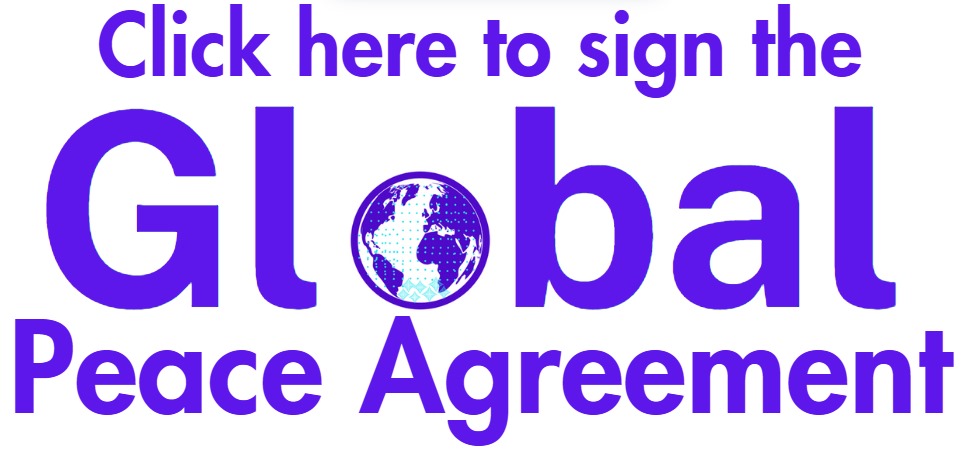ENVIRONMENTAL JUSTICE AND GLOBAL RESPONSIBILITY
Environmental Justice and Global Responsibility intertwine as the fundamental pillars of our collective duty to safeguard the planet and its inhabitants. Environmental justice encapsulates the principle that all individuals, regardless of background, should enjoy the same degree of protection from environmental hazards and access to natural resources. It illuminates the inequities that disproportionately burden marginalized communities with pollution, degraded ecosystems, and compromised health. By addressing these disparities, environmental justice strives to create a harmonious coexistence between humanity and its surroundings, fostering a world where each voice is heard and each life cherished.

On a broader canvas, Global Responsibility encompasses the recognition that the Earth's ecological challenges transcend national boundaries. It acknowledges that our actions reverberate globally, underscoring our duty to preserve the environment for present and future generations. Global Responsibility urges nations and individuals to collaborate in cultivating sustainable practices, mitigating climate change, conserving biodiversity, and respecting indigenous knowledge. It's an ethos that underscores the interdependence of all life forms and encourages us to transcend self-interest in favor of a shared destiny.
Environmental Justice and Global Responsibility form the bedrock of a holistic approach to planetary well-being. They beckon us to realign our values, policies, and behaviors to create a world where fairness and sustainability prevail. By addressing disparities at local levels and embracing our interconnectedness on a global scale, we can usher in an era where environmental harmony and human dignity flourish hand in hand. Only through upholding both principles can we aspire to mend the fractures in our ecosystems, mend the fabric of society, and pave the way toward a balanced and prosperous future for all.
The Environmental Impacts of Global Disparities
In an era marked by the ever-deepening threads of trade, technology, and communication that weave our global tapestry, a sobering truth emerges the persistence of global disparities across numerous spheres. While conversations about economic and social inequalities frequently take center stage, a subtler but equally profound facet lies in the shadows—the intricate environmental reverberations of these disparities. Amid the complexities of our interconnected world, one undeniable reality becomes clear: the environment remains unburdened by the constraints of geopolitical borders. It's a force that effortlessly transcends the boundaries of nations and continents, casting its influence far and wide, touching the lives of every individual. As we navigate the twists and turns of our shared journey, the often-overlooked interplay between global disparities and their environmental consequences beckons us to delve deeper.
Beyond the visible threads of economic and social imbalances, a complex tapestry is woven—a tapestry is woven with the environmental threads of interconnectedness, vulnerability, and responsibility. Let us embark on this journey of understanding, navigating the nuanced landscape of how disparities and environmental dynamics collide, shaping the world we inhabit and the legacy we leave for generations.
The Nexus of Disparities and Environmental Strain
One must embark on a journey that uncovers the hidden threads binding them together to fathom the intricate choreography between global disparities and the environment. This intricate tapestry reveals a symphony of cause and effect, where poverty, unequal resource access, limited education, and healthcare disparities intertwine to create a cycle of vulnerability that ensnares marginalized communities. Already teetering on the edge of societal fringes, these communities find themselves at the epicenter of environmental degradation, bearing the brunt of its burdens.
The nexus comes alive when we explore the harsh reality that environmental degradation is unequal. Instead, it gravitates towards those already shackled by economic hardship. Toxic waste sites cast long shadows over neighborhoods devoid of political influence, while pollution hotspots silently poison the air that residents must inhale. Resource extraction zones, engines of economic growth for some, emerge as ecological battlegrounds for others, stripping these communities of their natural heritage and further entrenching their vulnerability.
Imagine the stark juxtaposition of towering urban centers and the sprawling slums that often nestle in their shadows. This paradox is vividly exemplified in many developing nations, where the tide of urbanization has surged ahead, leaving infrastructure development trailing in its wake. The result: informal settlements devoid of necessities. Clean water and sanitation become luxuries, while waste disposal systems remain elusive dreams. These disparities magnify the environmental quandaries. Overburdened landfills spill their contents, contaminating both the earth and groundwater. Contaminated water bodies weave a silent web of health risks, while the air, heavy with pollutants, becomes a silent assailant. Amidst these challenges, the inhabitants endure heightened health risks and the stifling grip of diminished productivity and limited economic opportunities.
The complex interplay of inequalities and environmental stress shapes a gloomy story. It highlights the complicated and self-reinforcing cycle that may be created when societal injustices lead to environmental vulnerability. The possibility for metamorphosis exists, nonetheless, inside the chiaroscuro of this story. We may stop this cycle by severing the links that bind inequities and creating communities that grow in symbiotic harmony with their surroundings. Here we reveal both the difficulties and the potential that arise from the intersection of environmental dynamics and global inequities, and this is where the journey of comprehension starts.
Environmental Refugees and the Global Landscape
The intertwining saga of global disparities and the environment unfurls beyond the confines of local territories, reaching far across continents and hemispheres. Climate change, largely fueled by the actions of industrialized nations, transcends borders to inflict its gravest consequences on regions that have contributed the least to its creation. This alarming phenomenon casts a long shadow over vulnerable communities, compelling them to confront a new reality: that of becoming environmental refugees.
The impacts of climate change ripple across the global landscape, manifesting in the upheaval of entire communities. As sea levels surge, coastal settlements—often inhabited by the economically marginalized—find themselves engulfed by the very waters that once sustained them. Unpredictable and extreme weather events wreak havoc, dislodging populations from their ancestral homes. Changing agricultural patterns, a response to shifting climates, disrupt long-standing food security, driving populations to migrate for sustenance.
The result is a heartbreaking narrative of environmental refugees—individuals and families forced to abandon their homes due to environmental degradation. This heartrending plight is inextricably linked to the overarching canvas of global disparities. The very communities that have contributed least to environmental degradation find themselves grappling with its most devastating consequences. This bitter irony lays bare the deep-seated injustices of our world.
Consider the vivid microcosm of vulnerability found in the Pacific Islands. Places like Tuvalu and Kiribati, picturesque archipelagos, are precariously perched in the path of rising sea levels. These nations emit minuscule amounts of greenhouse gases, making them virtually negligible contributors to climate change. Yet, they stand at the precipice of existential crisis. The rising tides threaten their land and their very way of life. Coastal erosion, salinization of freshwater sources, and the specter of inundation cast dark shadows over these island nations.
The discrepancy in the capacity to adapt and mitigate presents a painful paradox. Wealthier nations, often the prime culprits in the climate crisis, possess the resources to erect fortifications against encroaching seas and to implement climate-resilient technologies. In stark contrast, nations like Tuvalu and Kiribati grapple with limited resources, rendering their fight for survival an uphill battle. The burden of adaptation, wrought by environmental changes spurred by disparities, is unevenly distributed, reflecting a world fraught with inequalities.
The unfolding saga of environmental refugees casts a glaring light on the multifaceted nature of global disparities. Beyond economic inequality, these disparities materialize in resilience, adaptation, and the capacity to withstand the impacts of a changing world. The tale of environmental refugees becomes a poignant reminder that the global tapestry is woven with threads of privilege and disadvantage, where the choices of a few can ripple catastrophically across the lives of many.
An urgent call to action resounds within the poignant narratives of those dislocated by environmental turmoil. The journey ahead necessitates more than environmental stewardship; it entails a thorough reexamination of the social frameworks that sustain disparities. It urges us to confront the underlying factors that make certain communities more susceptible to environmental shifts than others. In acknowledging the intricate interplay of these challenges, we forge a path toward a fairer world.
Global Responsibility and Environmental Stewardship
Global responsibility stands out as a guiding concept in the maze of difficulties. Rich countries and international organizations must adhere to this philosophy to fulfill their moral obligation to address the effects of inequalities on the environment. This dedication necessitates actions that go beyond national boundaries and self-interest, casting a larger net of stewardship over the well-being of our world.
In this realm of responsibility, initiatives like climate financing, technology transfer, and capacity building stand as bridges, spanning the chasm between nations of varying resources. By providing financial support to vulnerable regions, sharing technological advancements, and enhancing the skills of local communities, these actions embody the spirit of global responsibility. It is a recognition that environmental challenges are universal, and the privilege of affluence comes with the weighty obligation to extend a helping hand.
Furthermore, at the heart of this principle lies the essential task of incorporating indigenous wisdom and local voices into decision-making processes. By doing so, environmental interventions gain a depth of understanding rooted in the intricate relationship between communities and their surroundings. This synergy bolsters the efficacy of such interventions and nurtures a sense of ownership and empowerment within these communities.
The REDD+ program—Reducing Emissions from Deforestation and Forest Degradation- is a striking illustration of this principle in action. Designed to curb deforestation in developing nations, this initiative aligns with global climate goals and addresses the social and economic disparities that often underlie environmental challenges. By recognizing the pivotal role of forests in climate regulation and the livelihoods of local populations, REDD+ intertwines environmental conservation with poverty alleviation. This intersection is a testament to the potential of aligning environmental and societal objectives.
Essentially, the principle of global responsibility underscores the symbiotic relationship between nations and the environment. It emphasizes that the choices of the privileged hold the power to uplift or oppress and that these choices ripple across our shared global ecosystem. By heeding this call, we set forth on a transformative journey that transcends borders and spans generations, nurturing a world where the privileged extend their hand in stewardship, where disparities dissolve, and where environmental well-being is a collective commitment.
Environmental Diplomacy: Shaping Global Relations
The environment has a dual function in the complex web of international interactions, serving as both a battleground and a conduit to create a narrative that transcends geopolitical boundaries and fosters cooperation. Resource disputes can potentially escalate into major geopolitical conflict in this dynamically interplaying world. Still, environmental problems can also serve as strong unifying forces that push nations to cooperate on common solutions.
At the heart of this dichotomy lies the intrinsic value of environmental diplomacy—a diplomatic approach that seeks to address environmental issues through negotiations, treaties, and cooperative agreements. Recognizing that environmental problems transcend borders underscores the importance of building bridges for mutual benefit rather than erecting barriers of discord.
Disputes over vital resources, be it water or energy, exemplify the potential for environmental issues to escalate into international conflicts. As water scarcity intensifies and energy demands surge, nations are entangled in disputes that transcend their borders. These conflicts cast ripples extending far beyond their origin, affecting neighboring countries and disrupting global equilibrium.
Conversely, environmental diplomacy holds the promise of transforming conflicts into cooperative endeavors. Shared environmental challenges can propel nations to transcend their differences and pool resources toward common goals. This shared pursuit of sustainability breeds cooperation, steering nations toward more comprehensive and enduring solutions.
One striking illustration of this transformative potential lies in the story of the Aral Sea catastrophe. Once a flourishing inland sea, it fell victim to water diversion for agricultural purposes, resulting in a dramatic shrinkage. The environmental fallout devastated ecosystems, triggered health crises and inflicted economic losses upon nations like Uzbekistan and Kazakhstan. The shrinking sea even led to conflicts over dwindling resources.
However, amidst the devastation, a ray of hope emerged through environmental diplomacy. Collaborative efforts between the affected nations and international support have yielded remarkable strides in restoring the Aral Sea's ecosystem and mitigating its consequences. This restoration project stands as a testament to the capacity of environmental diplomacy to transcend disparities and cultivate cooperative solutions. It reveals how shared environmental concerns can transcend political differences, forging a path toward healing and resilience.
Environmental diplomacy, while challenging, holds the promise of recalibrating global relations. It recognizes that the environment is a shared legacy—a resource that transcends national sovereignty. By fostering cooperation and dialogue, it offers a means to navigate complex environmental issues in a way that safeguards our planet's future and strengthens the bonds between nations.
As we journey through the landscape of international relations, we find environmental diplomacy a potent tool to reshape narratives of discord into tales of collaboration. It is an invitation to craft a new narrative where the environment, rather than being a source of conflict, becomes a bridge that unites nations in pursuing a sustainable and harmonious future.
The Power of Environmental Education and Empowerment
Addressing global disparities necessitates a long-term perspective that encompasses education and empowerment. Environmental literacy equips communities with the knowledge to advocate for their rights, make sustainable choices, and hold governments and industries accountable.
In the bustling streets of Nairobi's Kibera slum, an innovative project took root: the Kibera School for Girls. This institution not only imparts education but also instills environmental consciousness. Students learn about waste management, sustainable agriculture, and clean energy. They become change agents within their families and communities, altering mindsets and catalyzing positive change. This example underscores the transformative potential of education in breaking the cycle of disparities and fostering environmental stewardship.
The threads of global disparities and environmental impacts are tightly woven. While these interactions often reflect an unjust reality, they offer a canvas for change. The global community stands at a crossroads—faced with perpetuating inequity or cultivating a harmonious convergence.
The path forward requires a symphony of efforts: equitable resource distribution, technological innovation, policy reform, international cooperation, and environmental education. We can only curtail the environmental degradation that perpetuates them by addressing global disparities. Simultaneously, by championing environmental sustainability, we can mitigate the disproportionate impacts of these disparities and create a world where nations thrive in ecological harmony.
Ultimately, the quest for balance beckons us to transcend borders and divisions. It calls upon us to embrace our shared responsibility as custodians of the Earth, recognizing that environmental impacts mirror our collective choices. By crafting a narrative that intertwines social equity and environmental well-being, we can redefine the global landscape where disparities dissipate, and the environment flourishes as a common legacy.

